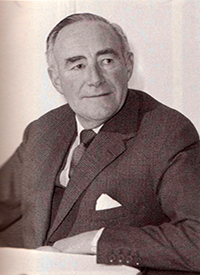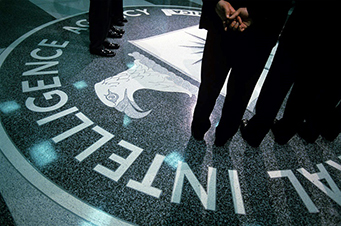Peter Wright’s memoir of his time in Britain’s Security Service was a publishing sensation. Written with the assistance of journalist, Paul Greengrass and published in 1987, Spycatcher: The Candid Autobiography of a Senior Intelligence Officer offered a remarkable insight into the workings of MI5 in the years after the defection of Britain’s ‘greatest traitor’, Kim Philby. Wright was convinced Philby had been tipped off by a master spy at the very top of British intelligence and that there was fresh evidence incriminating him beyond doubt. Labouring under this misapprehension, Wright and counterintelligence colleagues set about building a case against MI5’s two most senior officers: The Director General, Roger Hollis, and his Deputy, Graham Mitchell. We now know that their investigation turned into a witch-hunt. An MI5 review after the publication of Spycatcher concluded that the case against Hollis and Mitchell was ‘so insubstantial it should not have been pursued’, and it criticised the investigation for ‘a lack of intellectual rigour’ and Wright personally for ‘inventing evidence’.

MI5 Director General Sir Roger Hollis.
An episode in Wright’s memoirs illustrates how he set about ‘inventing’ his case. In the summer of 1963, he was given permission to secretly search Graham Mitchell’s office. Breaking into the Deputy DG’s desk he found no incriminating papers or photographs, only marks in the dust in ‘the bottom left hand drawer’. The marks, he declared with more confidence than reason could possibly allow, were made by a tape recorder or a camera of the sort issued by the KGB to its agents for copying documents. ‘Only Hollis and I knew I was going to open that drawer,’ he wrote. The implication was clear: The Director General had moved the tape recorder or camera to protect his Deputy. Wright’s judgement was so clouded by his prejudice against both men he was prepared to offer dust at the bottom of a drawer as evidence.
In his efforts to prove either one or both of MI5’s most senior officers were working for the other side, Wright could count on the support of the greatest ‘conspiracist’ of them all: James Angleton, the CIA’s counter-intelligence chief.

CIA headquarters Langley
Angleton was convinced the Soviets had built a network of spies in Western governments and intelligence agencies and that he needed to play a part in rooting them out on both sides of the Atlantic. Both Wright and his predecessor, Arthur Martin, were disciples.
In its 1988 review of the ‘Spycatcher’ investigation, MI5 noted that, when pressed hard on the evidence, both Wright and Angleton took ‘refuge in mystery (‘If you knew what I know’).’ A tactic, the review notes, that was ‘later shown to be a dishonest charade’.
The British Government’s attempt to suppress the publication of Wright’s memoirs lent his claims of an establishment ‘cover up’ a spurious credibility, when in reality the witch-hunt he led did more to damage the intelligence services than master spy, Kim Philby.
